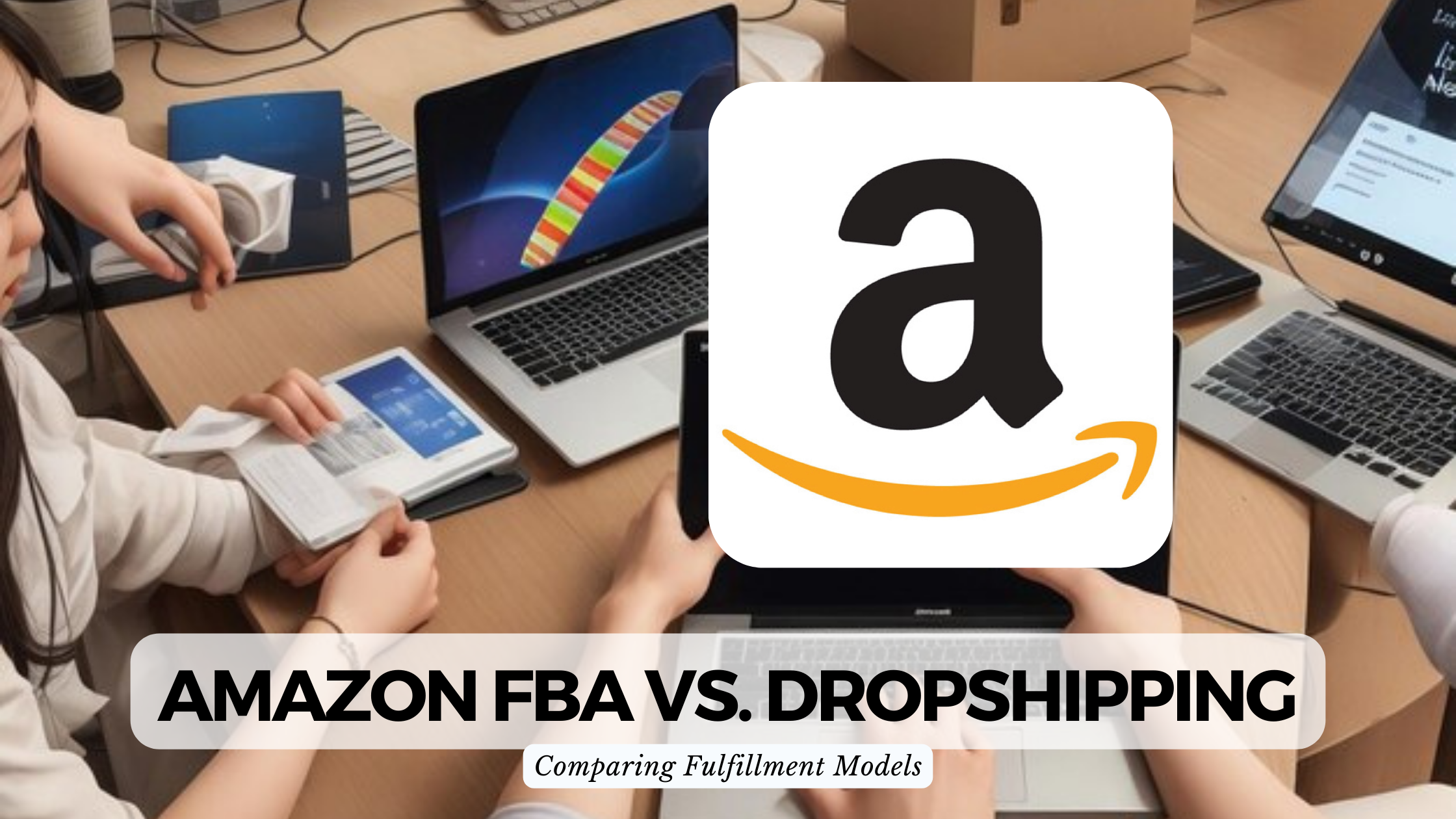Amazon FBA vs. Dropshipping: Comparing Fulfillment Models


Amazon FBA vs. Dropshipping: Comparing Fulfillment Models
Navigating the e-commerce landscape involves critical decisions, and choosing the right fulfillment model is paramount. Amazon FBA (Fulfillment by Amazon) and dropshipping are two popular approaches, each with its own set of advantages and challenges. In this comprehensive guide, we’ll compare Amazon FBA vs. dropshipping and explore relevant SaaS products that can enhance your experience in either model.
Understanding Amazon FBA and Dropshipping
Amazon FBA:
Amazon FBA involves sending your products to Amazon’s fulfillment center, where they handle storage, packing, and shipping. This model offers Prime benefits and allows you to tap into Amazon’s vast customer base.
Dropshipping:
Dropshipping, on the other hand, entails selling products without holding inventory. When a customer makes a purchase, the product is shipped directly from the supplier to the customer. It’s a low-risk model with less upfront investment.
Comparing Fulfillment Models
1. Inventory Management:
- Amazon FBA: Amazon handles inventory management, reducing your workload.
- Dropshipping: No need to manage inventory as products are shipped directly from suppliers.
2. Shipping Speed:
- Amazon FBA: Offers fast shipping through Amazon’s distribution network.
- Dropshipping: Shipping times may vary based on supplier location.
3. Upfront Costs:
- Amazon FBA: Involves fees for storage, fulfillment, and other Amazon services.
- Dropshipping: Lower upfront costs as you don’t need to purchase and store inventory.
4. Control Over Shipping:
- Amazon FBA: Limited control over shipping methods and packaging.
- Dropshipping: More control, but potential challenges in ensuring timely shipping.
5. Profit Margins:
- Amazon FBA: Fees may impact profit margins, but Prime benefits can drive sales.
- Dropshipping: Higher potential profit margins, but intense competition.
SaaS Products to Enhance Your Fulfillment Experience
1. InventoryLab
InventoryLab streamlines inventory management for Amazon sellers, providing insights into profitability and simplifying the FBA process.
2. Oberlo
Oberlo is a Shopify app that facilitates dropshipping by connecting your store to suppliers, automating order fulfillment, and tracking inventory.
3. ShipStation
ShipStation is a shipping management platform that integrates with Amazon FBA, helping streamline order processing and shipping.
4. DSers
DSers is a dropshipping tool that connects your store with suppliers, automates order fulfillment, and provides real-time shipping information.
5. SellerActive
SellerActive is a multichannel inventory and order management tool, assisting sellers in optimizing prices and managing stock levels.
Conclusion
Choosing between Amazon FBA and dropshipping depends on your business goals, resources, and preferences. Whether you opt for the efficiency of FBA or the flexibility of dropshipping, leveraging the right SaaS tools is essential for success.
As you navigate the complexities of Amazon FBA and dropshipping, Subscribed.FYI offers exclusive member-only deals on a wide range of SaaS tools, providing savings of $100,000+ per year.
Subscribed.FYI Deals complements your e-commerce journey by offering tailored secret deals aligned with your specific needs. Manage all your subscriptions effortlessly with the ultimate subscription management solution, empowering freelancers, agencies, and teams to make informed decisions about SaaS tools.
Explore Subscribed.FYI and Subscribed.FYI Deals to optimize your SaaS stack and enhance the fulfillment models of your e-commerce business.
Relevant Links:





